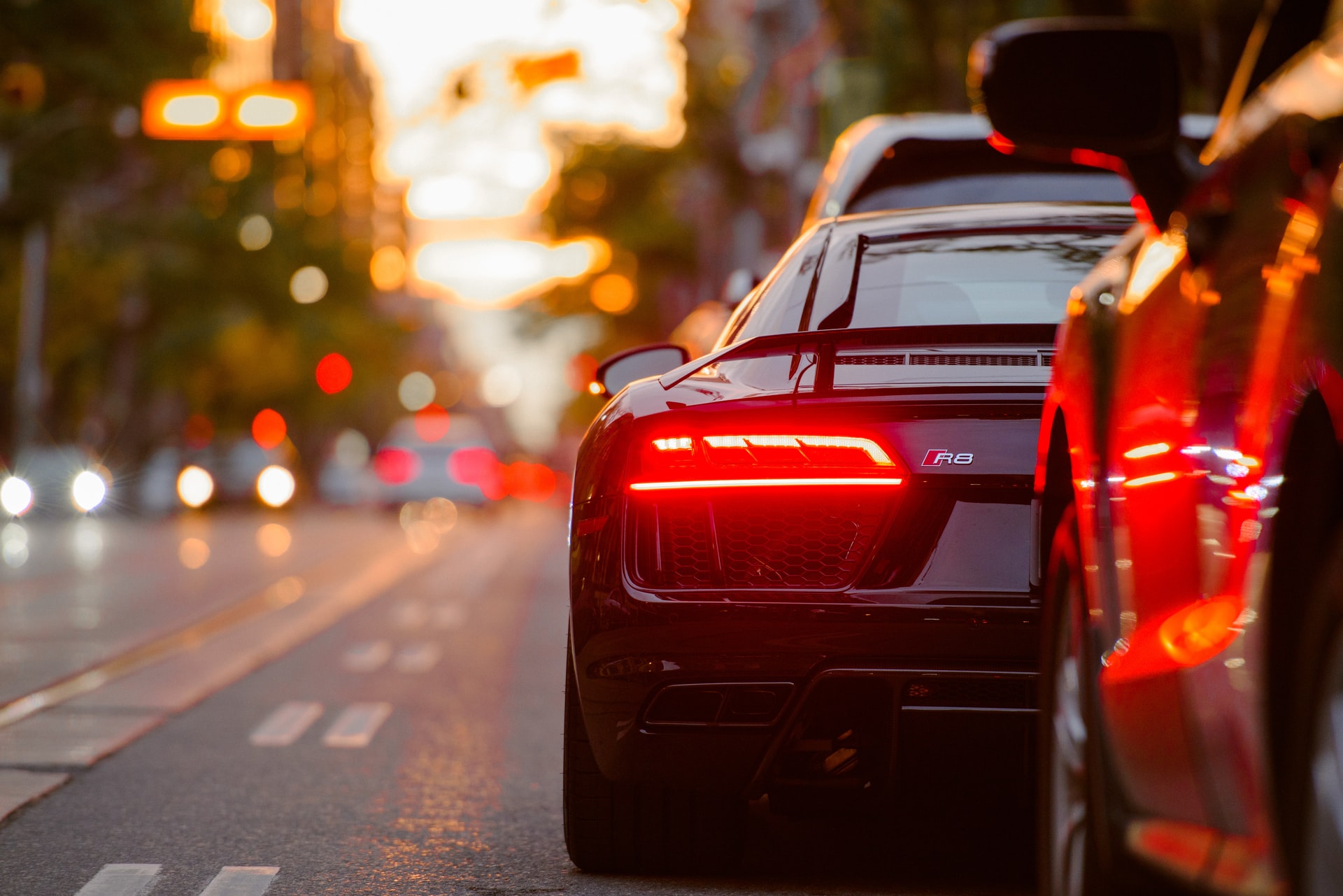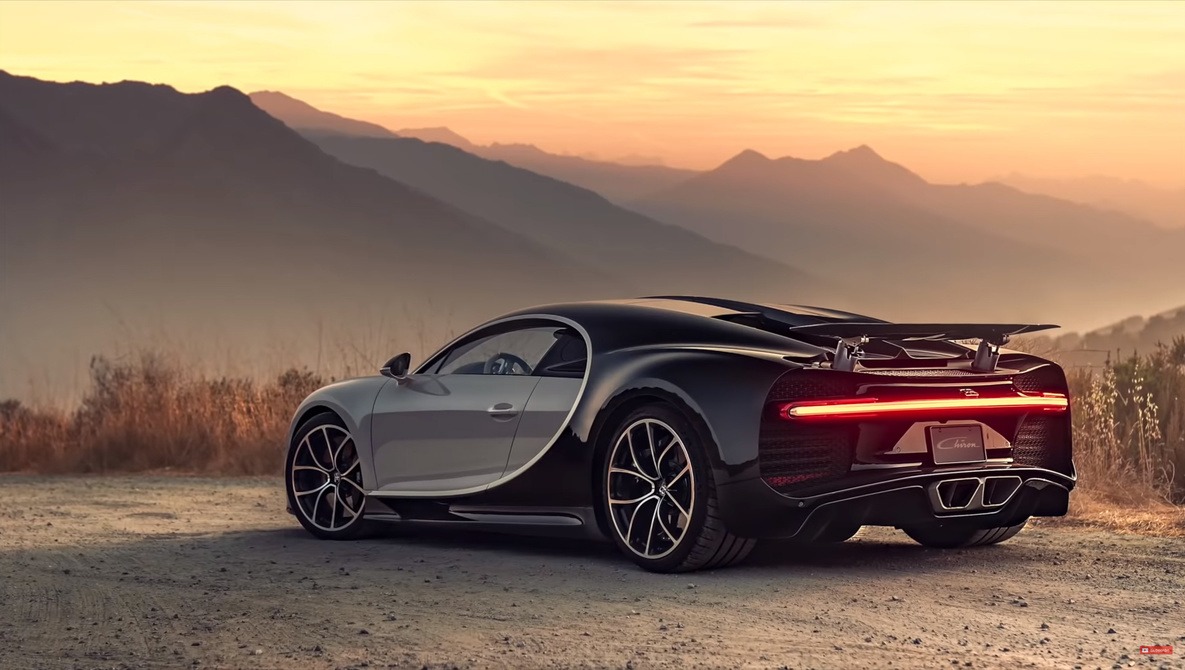
The Art of Motion: Capturing Dynamic Car Shots
Car photography is a captivating field that combines technical skills with artistic vision to capture the essence and dynamism of vehicles in motion. Whether it’s the sleek lines of a sports car or the rugged charm of an off-road vehicle, photographing cars in motion requires a blend of technique, timing, and creativity. This blog delves into the techniques and tips that can help you capture stunning, dynamic car shots that convey movement and excitement.
Understanding the Basics
Before diving into specific techniques, it’s essential to understand the basics of car photography. The key to dynamic car shots is to convey a sense of motion and speed. This can be achieved through various methods, including panning, tracking, and using slow shutter speeds. Each technique has its nuances and applications, and mastering them will enable you to create compelling images that stand out.
Panning: Capturing the Blur
Panning is a technique where the photographer moves the camera along with the subject’s motion. This results in a sharp subject against a blurred background, effectively conveying the feeling of speed. Here’s how to master panning:
- Choose the Right Shutter Speed: Start with a shutter speed between 1/60 and 1/125 seconds. This range allows enough motion blur while keeping the car relatively sharp. Adjust based on the speed of the car and the effect you desire.
- Steady Movement: As the car approaches, track it smoothly with your camera. Keep your movements steady and in sync with the car’s speed.
- Focus and Shoot: Use continuous autofocus (AF-C) mode to keep the car in focus. Press the shutter button gently to avoid camera shake.
- Practice: Panning takes practice to perfect. Experiment with different speeds and angles to find what works best for your subject and style.
Tracking: Following the Action
Tracking involves following the car with your camera as it moves through the frame. This technique works well for capturing action shots where the car remains in focus, and the background shows motion blur. Here’s how to effectively track a moving car:
- Use a Fast Shutter Speed: Unlike panning, tracking benefits from faster shutter speeds to freeze the car’s motion. Start with 1/500 seconds or faster.
- Continuous Shooting Mode: Set your camera to continuous shooting mode to capture a series of images. This increases the chances of getting the perfect shot.
- Maintain Focus: Use continuous autofocus and focus tracking modes to keep the car sharp. Anticipate the car’s path and adjust your framing accordingly.
- Composition: Pay attention to composition while tracking. Aim to capture the car in interesting positions within the frame, considering elements like leading lines and background context.
Slow Shutter Speeds: Emphasising Movement
Using slow shutter speeds can create dramatic effects, emphasising the movement of the car and its surroundings. This technique is particularly effective for night shots or when you want to highlight motion trails. Here’s how to use slow shutter speeds effectively:
- Tripod Use: To avoid camera shake, use a tripod. This ensures the background remains steady while the car’s movement is captured.
- Shutter Speed Selection: Experiment with shutter speeds ranging from 1/30 to several seconds, depending on the effect you want. Longer exposures will create more pronounced motion trails.
- Light Conditions: Pay attention to light conditions. At night, slower shutter speeds can capture light trails, while in daylight, you might need a neutral density (ND) filter to avoid overexposure.
- Creative Angles: Experiment with different angles to add creativity to your shots. Low angles, in particular, can enhance the sense of speed and drama.
Combining Techniques for Impact
The most captivating car shots often result from combining different techniques. For instance, you might use panning to blur the background while keeping the car sharp and then switch to a slow shutter speed for a night shot that captures light trails. Here are some tips for combining techniques:
- Plan Your Shot: Visualise the shot you want to achieve and plan accordingly. Consider the location, lighting, and movement of the car.
- Experiment with Settings: Don’t be afraid to experiment with different settings. Try various shutter speeds, apertures, and ISO levels to see how they affect your shot.
- Adapt to Conditions: Be flexible and adapt to changing conditions. Whether it’s lighting, weather, or the car’s speed, adjusting your techniques can lead to better results.
- Post-Processing: Enhance your images with post-processing. Adjustments in contrast, saturation, and sharpness can make a significant difference. Tools like Adobe Lightroom or Photoshop are excellent for refining your shots.
Capturing the Essence of the Car
Beyond the technical aspects, capturing dynamic car shots is about conveying the car’s personality and the excitement of movement. Here are some additional tips to help you capture the essence of the car:
- Highlight Details: Focus on unique details that define the car, such as the grille, headlights, or wheels. These shots can add depth and context to your portfolio.
- Storytelling: Use your shots to tell a story. Whether it’s a journey through a scenic route or a high-speed race, storytelling adds emotional depth to your images.
- Car Detailing: Pay attention to car detailing before the shoot. A clean, polished car reflects light better and looks more appealing in photos.
- Capture Emotions: Include elements that evoke emotions, such as a driver enjoying the ride or the car interacting with its environment. These elements make your photos more relatable and engaging.
Summary
Capturing dynamic car shots is an exciting and rewarding aspect of photography. By mastering techniques like panning, tracking, and using slow shutter speeds, you can create images that convey motion and excitement. Remember to combine these techniques, adapt to changing conditions, and focus on capturing the essence of the car. With practice and creativity, you’ll be able to produce stunning car photos that leave a lasting impression.

